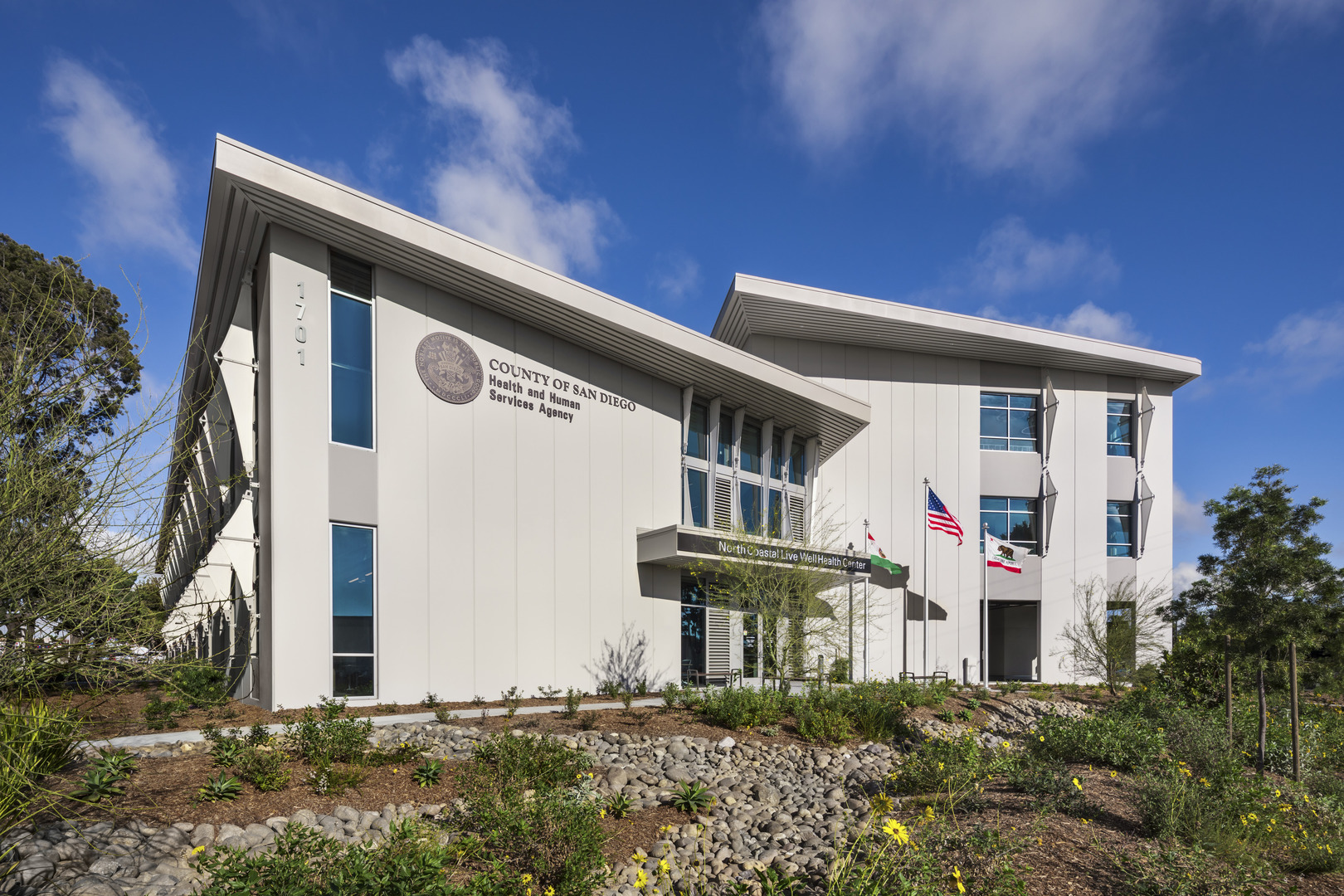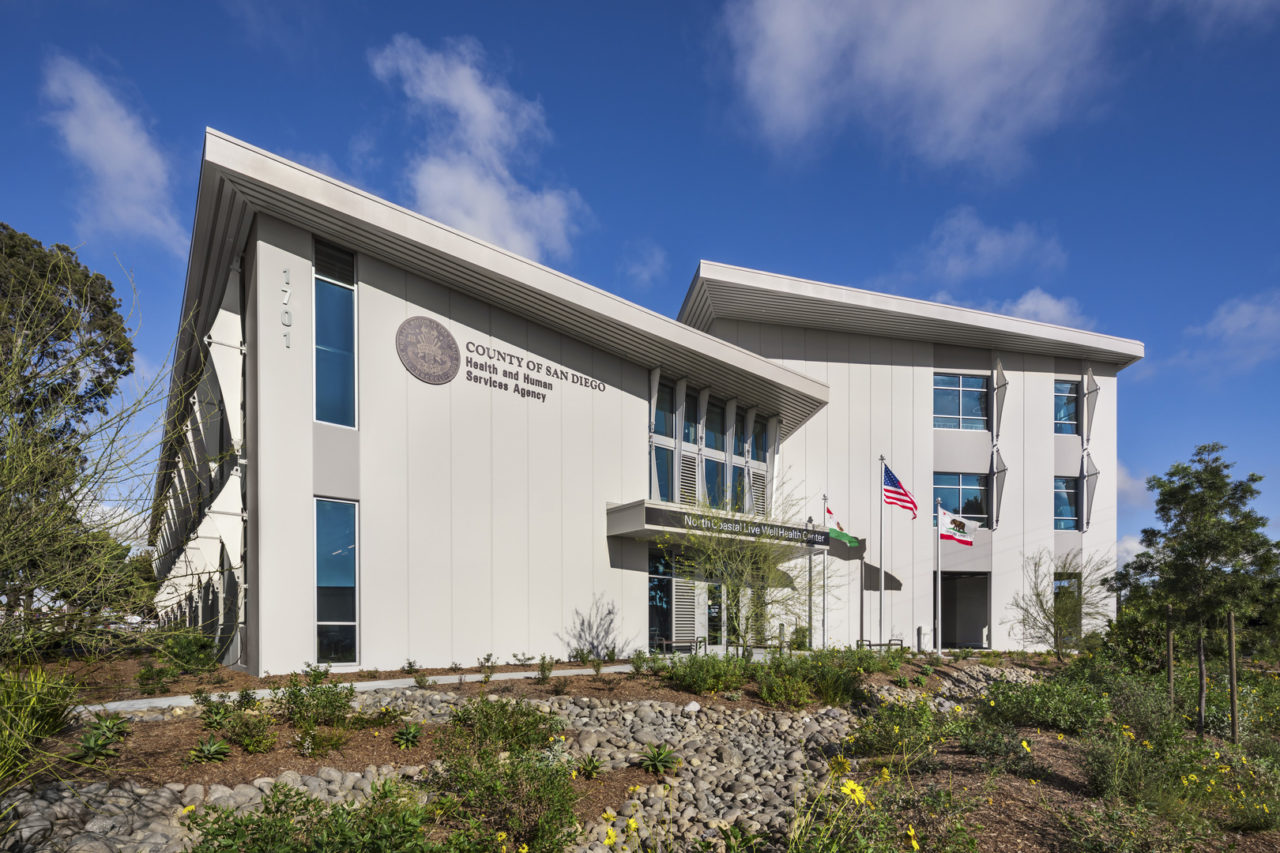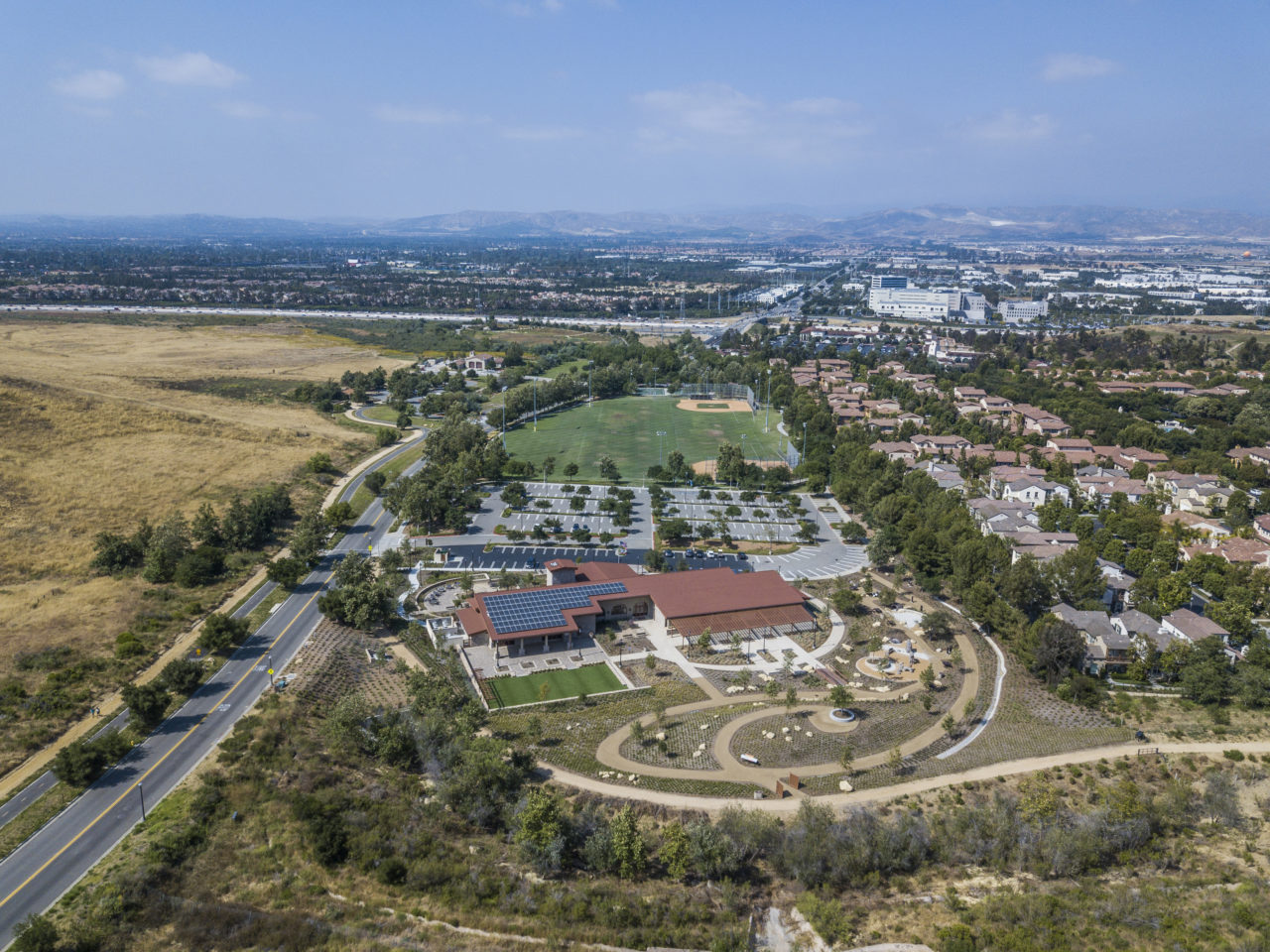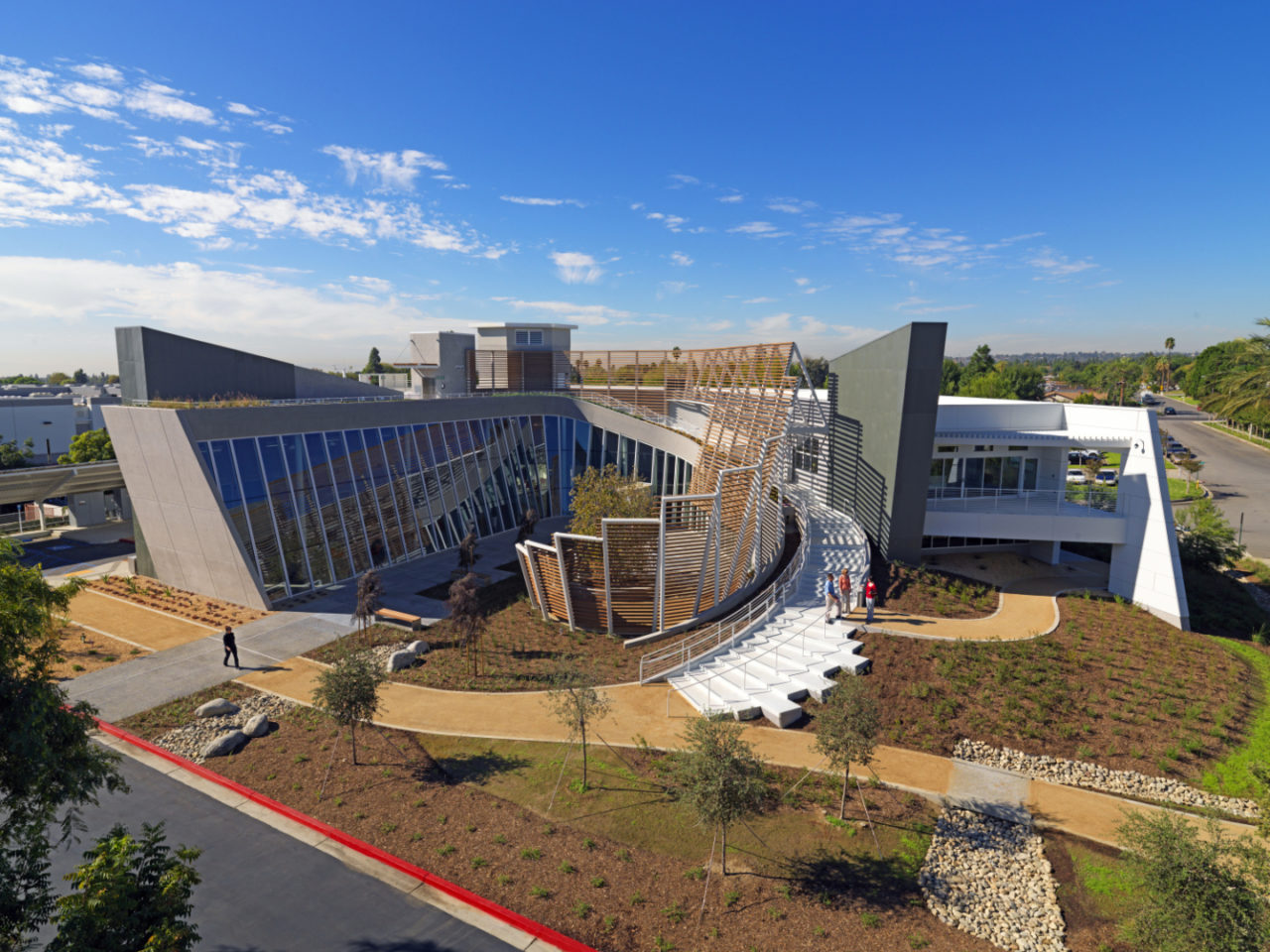Designing a Zero Net Energy (ZNE) building, one that produces as much energy using on-site renewables than it consumes on an annual basis is more attainable than ever before. ZNE is getting easier over time, as more and more energy-efficient products are introduced, better materials and design techniques are discovered making it easier for buildings to use less and less energy. In this post, we’ll talk about zero net energy design strategies that architects are using on their projects.

Useful Zero Net Energy Design Strategies
Designing a successful zero net energy building takes commitment from the whole team, requiring a good understanding of not only the end goal, but also how each decision can affect the project’s outcome. While each project is unique, some design strategies that have proven to be successful are:
- Sun, Earth, Wind & Light. The most fundamental design inquiry is a 21st century site analysis tapping into IoT databanks of environmental data. Combined with the latest visual programming tools and geospatial information systems (GIS) they can unwrap environmental tomes like never before.
- Decarbonization Simulations. During the design phase, energy modeling can be a helpful tool for gaining a better understanding of how the building is projected to perform and its impact on the environment. This allows architects to make climate responsive decisions that attempt to decarbonize our environment before construction even begins.
- Regional Envelope. The building envelope is the most cost-effective measure to improve the energy efficiency and thermal comfort of a building. Wall mass, insulation, phase change material, orientation, air infiltration, natural ventilation, and solar shading are just a few passive strategies leading to long-term building decarbonization.
- Solar Tempering. Solar tempering optimizes the sun’s heat to achieve maximum passive solar heating. South-facing windows with deep eaves allow the low winter sun to heat the building’s interior. The eaves, in conjunction with blinds, block out the higher summertime sun, allowing it to stay cooler inside.
- Renewable Energy. Emphasizing passive strategies lowers energy consumption and avoids over designing renewable energy solutions. In many sun belt regions, solar panels can be a great way to harness the sun’s natural energy and utilize it to offset a building’s energy demand.
- Thermal Comfort Efficiencies. From hydronic radiant walls, floors, and ceilings to ductless heat pumps, the landscape of indoor heating and cooling is offering highly-efficient alternatives to traditional forced-air systems. Combining these solutions with automation helps control wasted energy.
- Energy Efficient Lighting & Appliances. LED lighting has been a game-changer for energy efficient lighting, with the ability to change from cool to warm tones. Specifying energy efficient appliances is also an easy way to cut down on a building’s overall energy demand.
- Heating Water Wisely. Once a building is operational, heating water is a huge expense. By selecting a water heating system that is efficient, appropriately sized, and that reduces water use, this factor in overall energy consumption can be minimized.
- Smart Buildings. Going virtual is the new frontier to optimize property management. Smart buildings leverage digital twin technology by creating a virtual twin of the actual building. The digital twin accrues, manages and synthesizes data from building systems to reduce operational costs, forecast problems, seek energy efficiencies, and optimize asset performance and user experience.
Beyond these decarbonization techniques, there’s ample room for innovation when designing for zero net energy.
Almost every design decision has the opportunity to reduce, conserve, or generate energy.
Industry-Wide Innovation
The modernization of practices and efforts to address ZNE spans across the industry, and are a high priority for tech industries, construction partners, and materials innovators. From purposeful construction assembly methods to the digitization of the environment, companies are working to modernize the process to achieve ZNE:
- Moladi provides a low cost holistic modularization approach to construction, they are experimenting with removeable, reusable, recyclable, and lightweight plastic formwork mould that can be reused up to 50-times creating a regionally responsive envelope solution.
- Katerra is an offsite digital construction company, and is ramping-up to be the new normal of construction delivery and assembly. Offsite construction takes place in a controlled environment and is therefore more resource efficient than onsite work. Katerra also seeks to use materials with a low carbon footprint, such as cross-laminated timber, and to reduce waste in the construction process.
- Siemens has led the charge among many building tech savvy giants. They are expanding smart infrastructure and encouraging a move away from traditional thermostats and encouraging adoption of sensory responsive buildings to optimize performance, reduce utility payouts, and create enhanced workplace environments.

HMC and Zero Net Energy
At HMC Architects, we’re leading zero net energy development to stay ahead of California’s mandate, which states that all new commercial buildings and major renovations need to be ZNE, starting in 2030. We are experts in the zero net energy buildings market, and understand how this rapidly growing market is affecting the industry.
The County of San Diego North Coastal Live Well Health Center in Oceanside, California is a ZNE facility that not only serves as a place to promote wellness for people, but also as an example of how a ZNE building promotes environmental wellness. It is powered entirely by the sun, and uses no fossil fuels. In addition to achieving LEED Platinum Certification, it is the only ZNE project listed in California that is a County-owned medical office.



